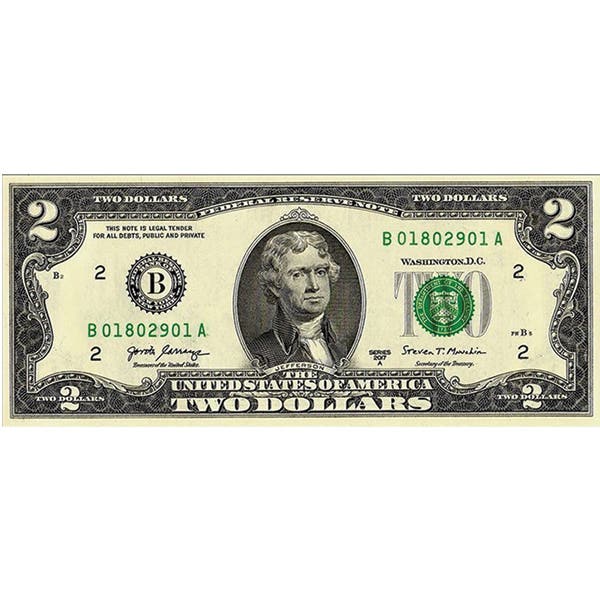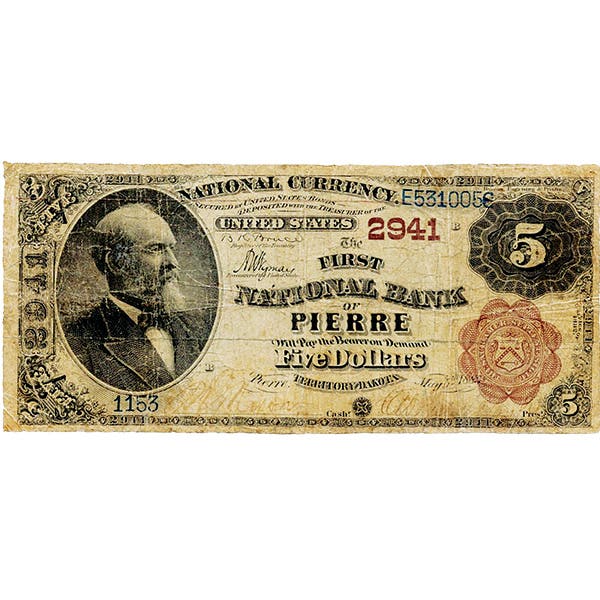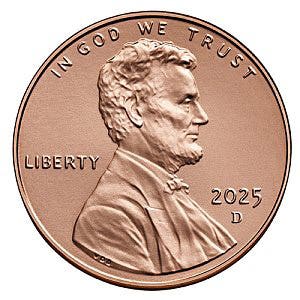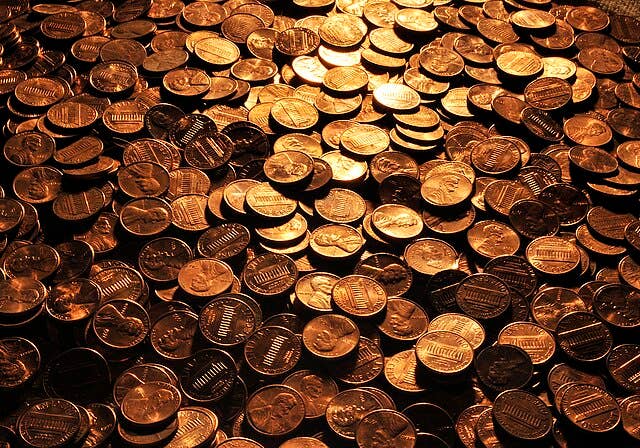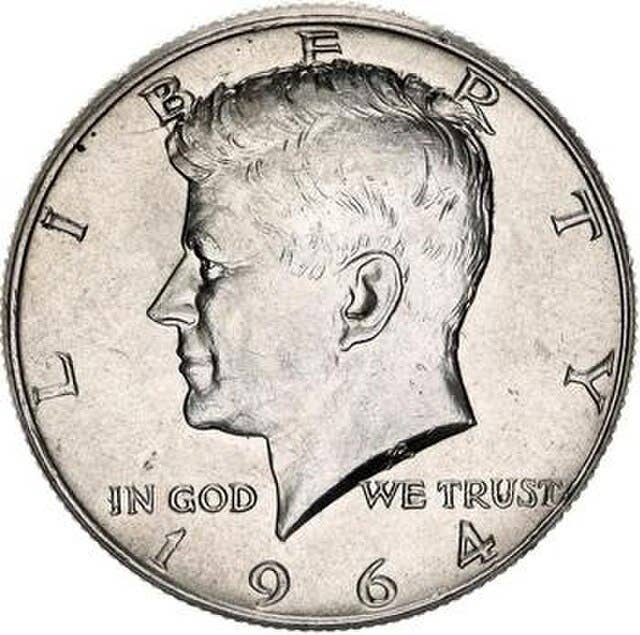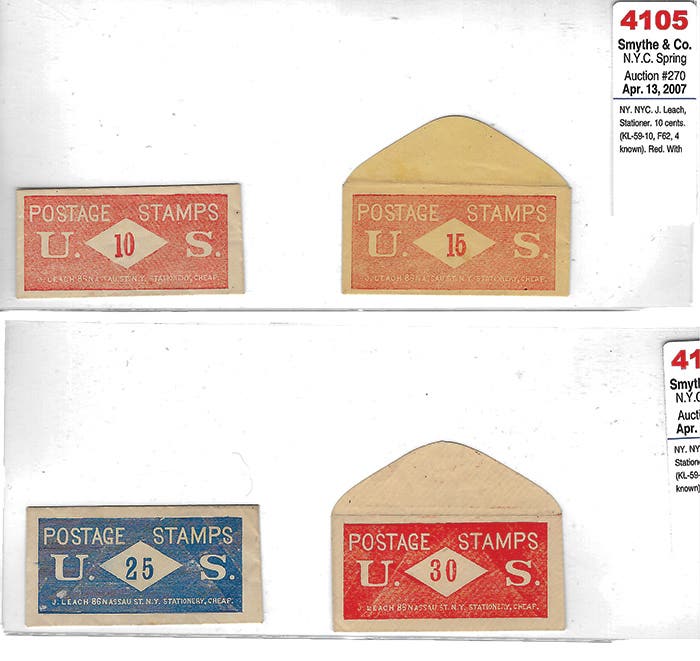Viewpoint: Confusion over acceptable cleaning
In the June 7 Numismatic News, I wrote a Viewpoint about a heavily tarnished, toned black 1826 Bust half dollar that I had purchased at an antique mall and later conserved. It was so heavily toned that one could not grade it. After it was conserved, I graded it a solid AU-53, valued at $500. Mr. A.J. Williams, in his June 28 Viewpoint, wonders if a conserved coin is worth less than a tarnished coin, and if I had sent my coin to a grading service, he asked if it would come back in a “body bag.”
In the June 7 Numismatic News, I wrote a Viewpoint about a heavily tarnished, toned black 1826 Bust half dollar that I had purchased at an antique mall and later conserved. It was so heavily toned that one could not grade it. After it was conserved, I graded it a solid AU-53, valued at $500.
Mr. A.J. Williams, in his June 28 Viewpoint, wonders if a conserved coin is worth less than a tarnished coin, and if I had sent my coin to a grading service, he asked if it would come back in a “body bag.”
I have a booklet entitled, “The Conservation of Coins,” produced by ICG, ICTA, NGC, PCGS and PNG, published March 2001. The booklet showcased several coins before and after conservation.
Let me quote a lengthy section of this booklet: “One of the least understood areas of numismatics centers around the cleaning and conservation of coins. To many collectors and dealers, the word “cleaned” sets off an alarm, since this term is sometimes cited by third-party grading services as the reason for declining to certify a coin.
“Of course, what the grading services mean when they return an uncertified coin as “cleaned” is that it has been harshly cleaned, leaving a completely unnatural appearance. But when a coin is skillfully cleaned by persons having knowledge of the proper conservation techniques, the result is often a specimen that is attractive and desirable in the marketplace, and will readily be certified.
“The widespread confusion that exists over the distinction between undesirable cleaning versus proper conservation has alarmed many coin enthusiasts. It is hoped that this booklet will serve to clarify that distinction, and permit both collectors and dealers alike to trade coins in an atmosphere of confidence.”
I wonder if Mr. Williams knows that there is a professional company that conserves coins for a fee? It is called Numismatic Conservation Service. There is a lot of ignorance on the subject of conserving coins, even among collectors.
Unfortunately, sometimes the tarnish on an “uncirculated” silver coin is so thick that physical wear is hidden under the heavy toning. Removing the tarnish by careful means can reveal the hairlines that were hidden from view. So sad, but true.
Weimar White is a hobbyist from Canaseraga, N. Y. He is author of “Coin Chemistry,” a book about coin conservation.
Viewpoint is a forum for the expression of opinion on a variety of numismatic subjects. The opinions expressed here are not necessarily those of Numismatic News.
More Coin Collecting Resources:
• Subscribe to our Coin Price Guide, buy Coin Books & Coin Folders and join the NumisMaster VIP Program
To have your opinion considered for Viewpoint, write to David C. Harper, Editor, Numismatic News, 700 E. State St., Iola, WI 54990. Send email to david.harper@fwmedia.com.




